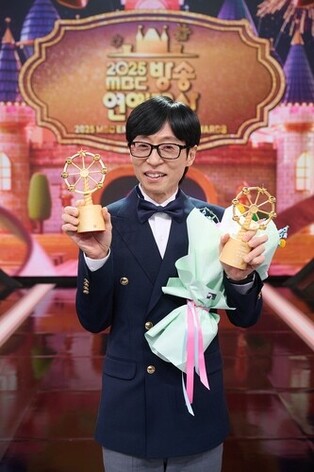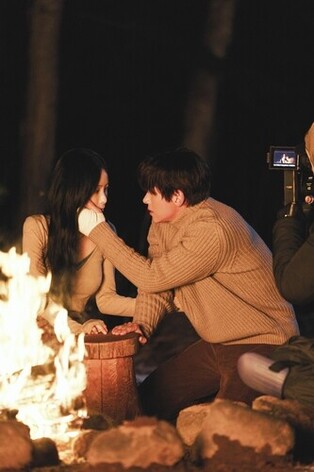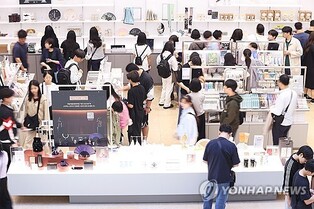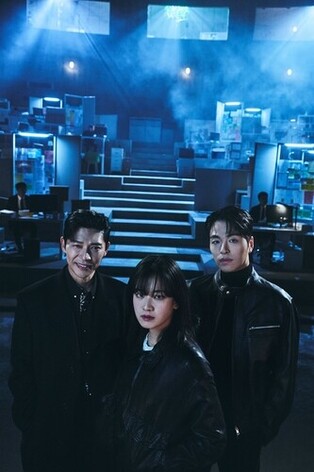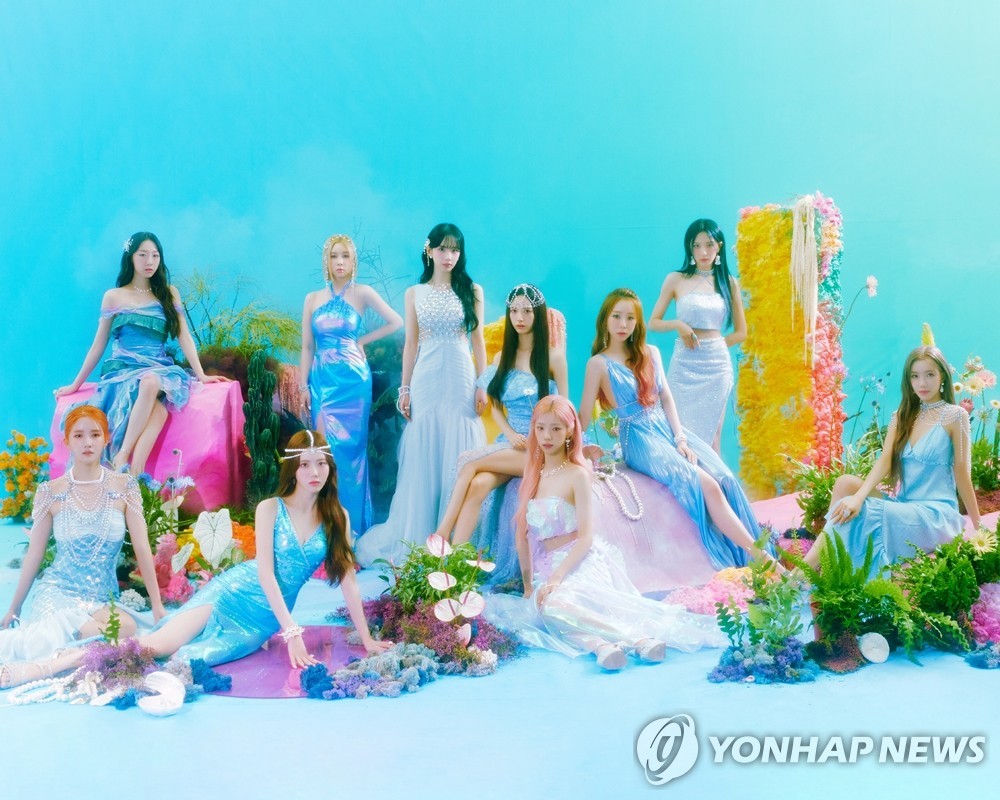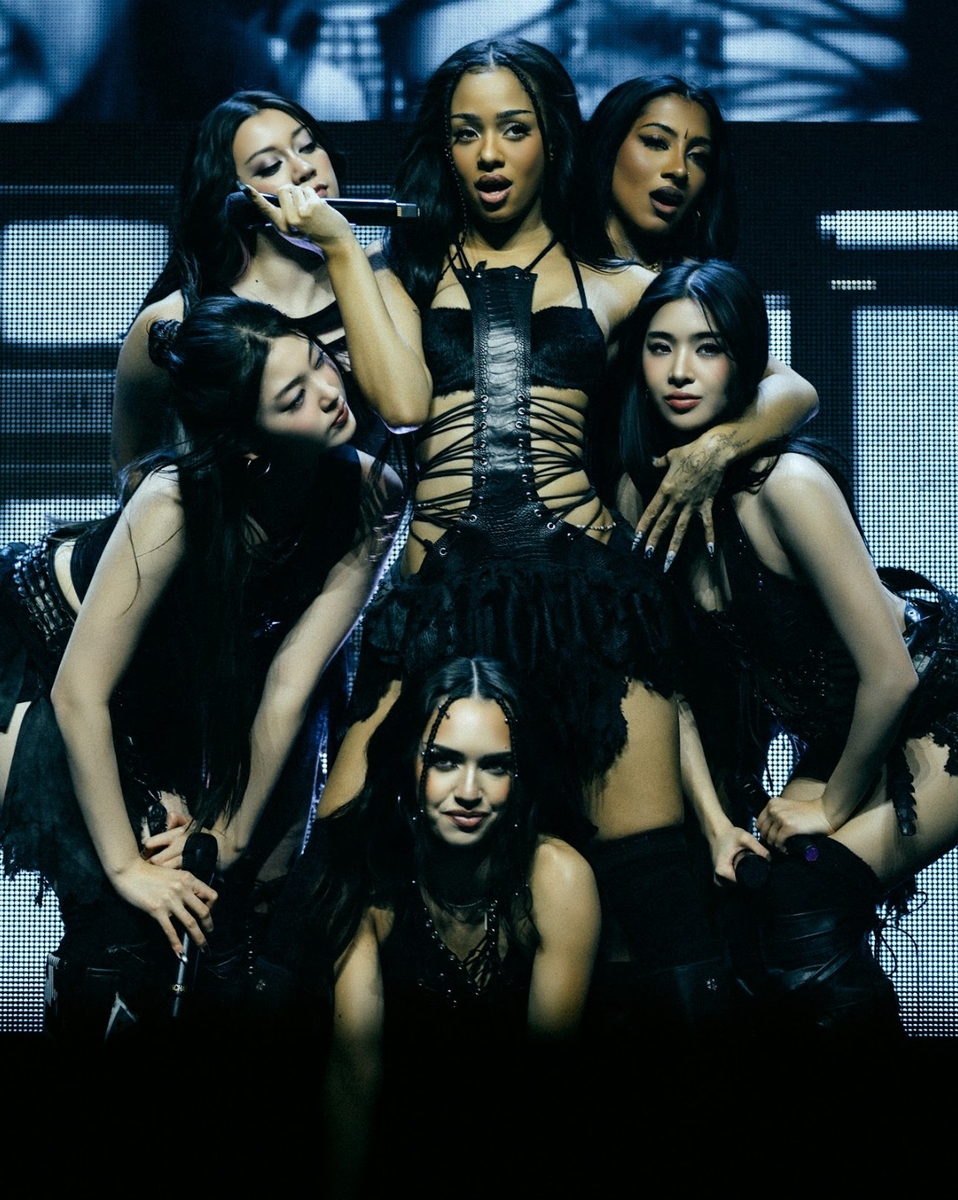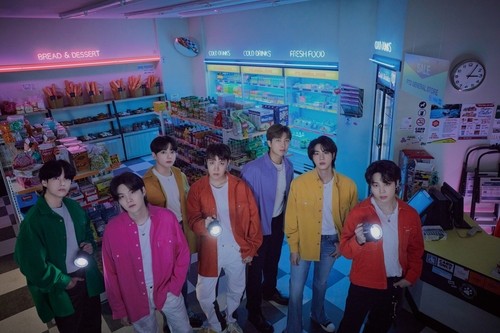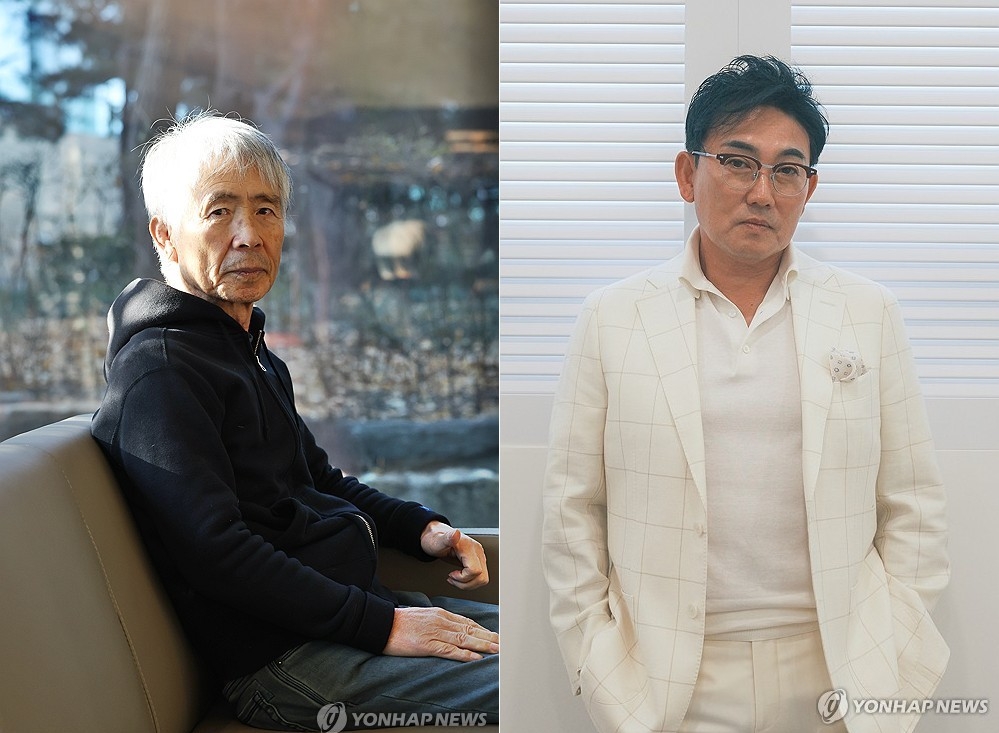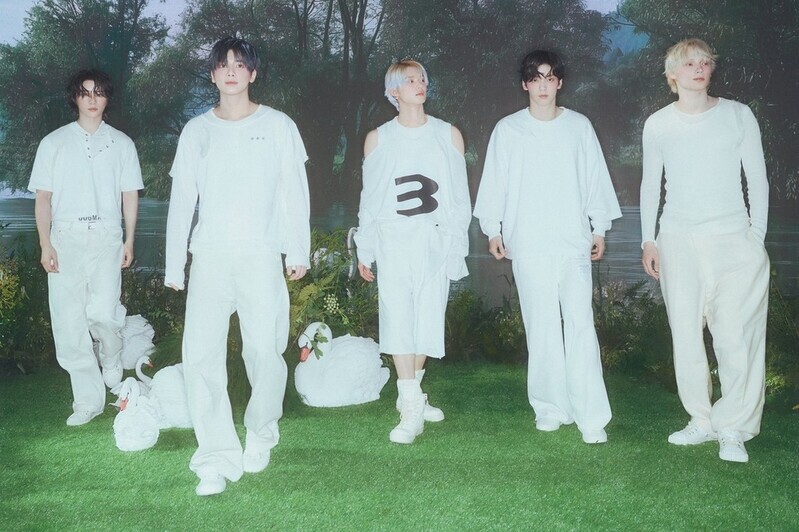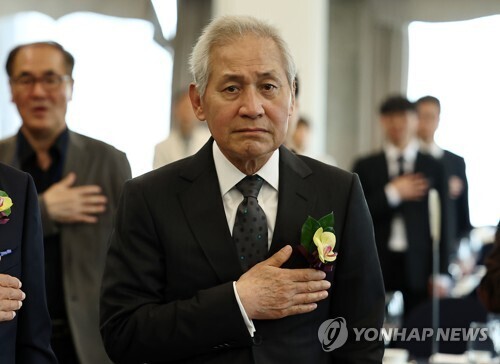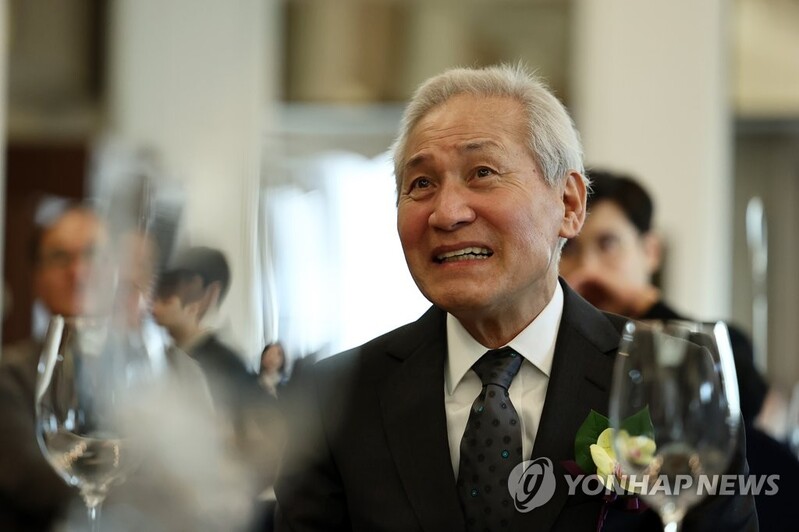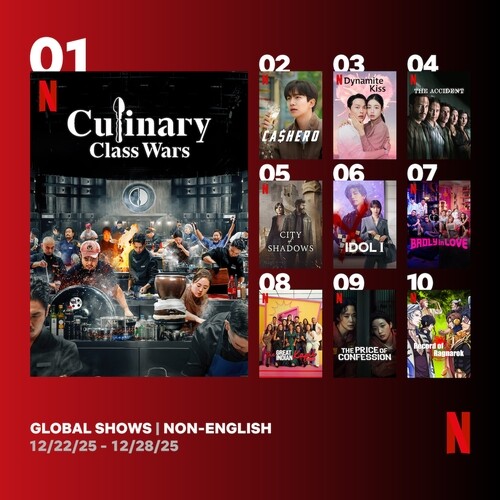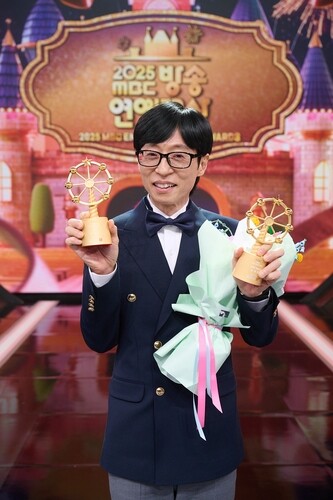*Editor’s note: K-VIBE invites experts from various K-culture sectors to share their extraordinary discovery about the Korean culture.
Scrutinizing AI: Coexistence of AI and Analogue Arts (Part 3)
Contributed by Lee Eun-jun (professor at Kyungil University)
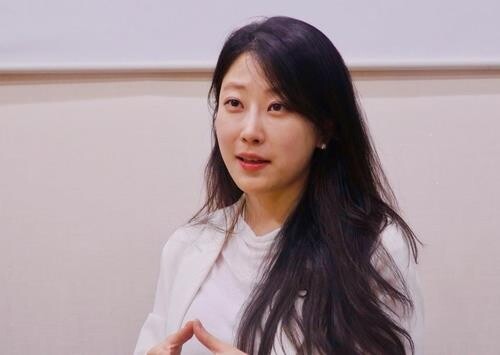
I attended the "San Francisco Tape Music Festival 2025" held in San Francisco, USA, this past January.
This festival is the only annual event in the United States dedicated to "tape music." It is an event where audio works based on analog tape and fixed media are presented in a three-dimensional theater space. Forty-two composers from the United States and abroad participated in the festival, engaging with audiences.
At the festival, I confirmed that analog technology is not merely a relic of the past but remains a unique artistic tool even in the age of artificial intelligence. Artists were actively creating and performing experimental music using tape. Rather than discarding "old-fashioned" technology, they were continuously giving new artistic life to existing media through modern reinterpretations.
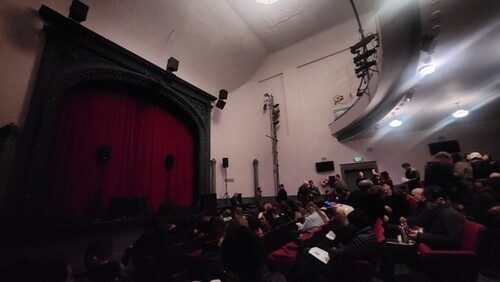 |
| ▲ San Francisco Tape Music Festival Theater interior speaker system. Photo courtesy of the author. (Yonhap) |
Inside the venue, composers and audience members sat together in darkness, listening solely to the music emanating from the speakers. The theater featured a high-end 24-speaker system, offering a live immersive audio experience that surrounded the audience. The moment the music began, the venue went pitch black, leaving nothing visible except the sound. This surround system provided an artistic immersion that extended beyond mere auditory appreciation, even without any visual elements.
What I felt from this experience was clear. Even amid the rise of artificial intelligence, art rooted in analog technology is alive and breathing, demonstrating the potential for coexistence between analog and AI.
The "San Francisco Tape Music Festival" rediscovered the artistic value of past technologies through the unique form of tape recordings and fixed media works, even in an era where digital music and AI-generated compositions dominate. Having previously hosted an electronic music concert myself, I found the appeal of this festival even more profound.
The festival's works demonstrated just how intricate and profound art can be, even when created with tools from before the digital era. This resonated even more strongly with those of us who grew up during the transition from analog to digital.
 |
| ▲ This photo, provided by the author, shows her at the San Francisco Tape Music Festival Theater. (Yonhap) |
On the final day of the festival, a session focused on the intersection of popular culture and experimental music was held. It was an excellent program that showcased how analog art is being reinterpreted within a modern cultural context. The performances restructured elements of popular music within the framework of experimental music, offering audiences an entirely novel experience. Some pieces were arranged in a collage-like fashion, providing fresh reinterpretations.
Notably, works by Karlheinz Stockhausen, a pivotal figure in the history of electronic music, and John Cage, a major avant-garde composer, were newly arranged and performed. This demonstrated that iconic works can be revived through contemporary technology and experimental approaches. This is akin to how the works of electronic music pioneers like Vangelis and Giorgio Moroder continue to be expanded and reproduced. Moroder, in particular, still produces electronic music with a youthful sensibility despite being in his eighties.
The festival also featured new compositions from contemporary electronic music composers such as Kristin Miltner and Douglas McCausland, premiering their 2025 works. These artists are active in diverse fields beyond tape music composition, including acoustic research and performance studies. Miltner, in particular, has focused her work on composition, sound design, branding audio, UI sound design, and custom scoring for web, mobile, and console games.
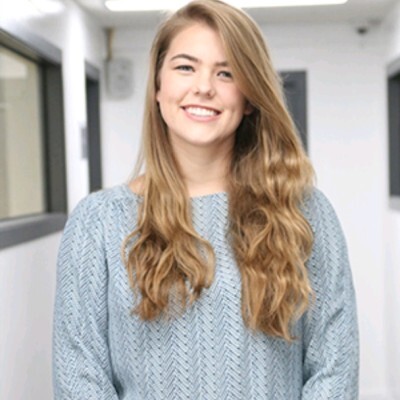 |
| ▲ Kristin Miltner, captured from her LinkedIn post. (PHOTO NOT FOR SALE) (Yonhap) |
She has also worked on interactive music systems for small-scale projects, audio integration within Unity, and the HTML5 Web Audio API. Observing contemporary composers utilizing a variety of emerging technologies to expand their artistic activities confirmed that artistic expression continues to evolve in response to the technological advancements of each era.
◇ Artificial Intelligence and Analog Art… A Need for Coexistence, Not Opposition
I have repeatedly emphasized that artificial intelligence technology has brought innovation to the arts. It is undeniable that AI has had a significant impact, particularly on music and media art. However, just as traditional analog media and artistic works continue to be cherished by many, the concern that AI will completely replace all forms of art seems unfounded.
AI is already being integrated with existing art forms, offering new opportunities for creation. It automates music analysis and composition, allowing artists to produce more creative and complex works. Analog art does not merely remain as a nostalgic relic of past technologies but instead maintains its sustainability and originality.
Even in an era dominated by AI and digital technology, analog art retains its unique value. Through its tactile and physical qualities, it offers a sensory experience that cannot be replaced by digital or AI technologies. At the same time, AI-powered artistic creations have the potential to enhance and expand these analog sensations. A prime example of this is AI analyzing the waveform data of tape music in real time and visualizing it, or learning the patterns of traditional tape recordings to generate new variations.
Analog and AI can function complementarily.
The San Francisco Tape Music Festival demonstrated the potential for coexistence between analog and digital, between humans and machines. My experience at this festival reinforced my belief that analog art provides a depth of sensory and emotional engagement that digital technology and AI cannot replicate, while AI, in turn, can supplement and expand these experiences, ultimately broadening the scope of artistic expression.
As AI technology continues to evolve, we are moving toward an era where digital-centric art will no longer compete with traditional art forms but rather collaborate and coexist with them.
◇ Questions for the Coexistence of Art and Technology
What direction should art take in the age of AI?
Can human creativity and machine efficiency exist in harmony?
Can art continue to reflect human experience and emotion rather than simply becoming a mass-produced commodity?
The diverse landscapes I witnessed in San Francisco became a multidimensional experience of both conflict and coexistence between art and technology.
Behind the towering billboards advertising AI corporations, there were still artists creating tape music. In museums, classical artworks continued to greet visitors. The ways in which technology and art coexist remain an open-ended question, yet within this uncertainty lies the undeniable possibility of new artistic inspiration and innovation.
The choice is ours. Will we expand the boundaries of art alongside AI, or will we seek to preserve human artistic identity amidst rapid technological advancement?
The AI-related developments unfolding in San Francisco pose a question about the future of art—one that we all must consider.
(C) Yonhap News Agency. All Rights Reserved







